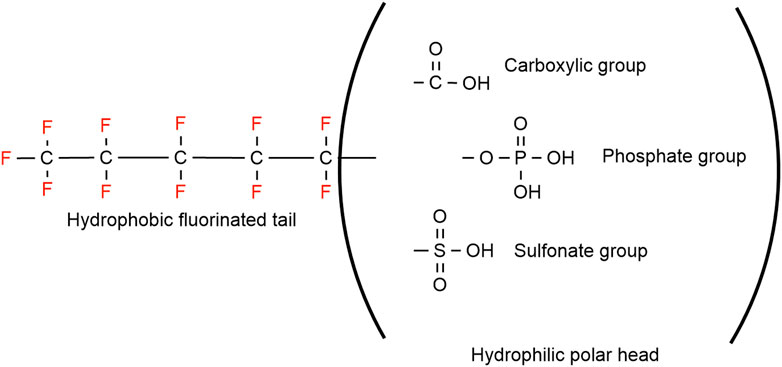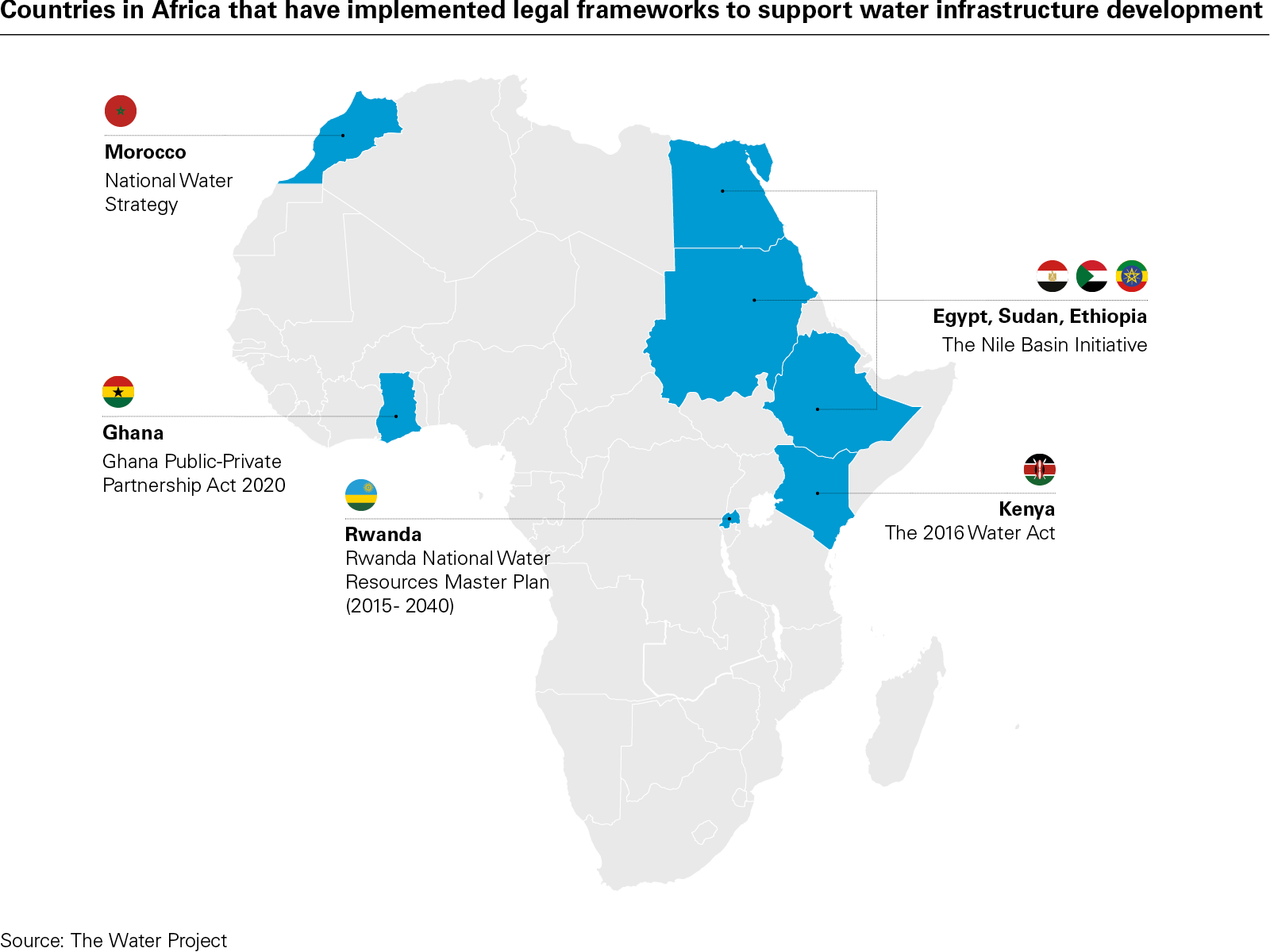Tackling PFAS in drinking water | CBC News – CBC

Report on Per- and Polyfluoroalkyl Substances (PFAS) Contamination and Sustainable Development Goal Implications in Canada
Public Health and Well-being (SDG 3)
- The widespread presence of human-made compounds known as PFAS, or “forever chemicals,” presents a significant challenge to achieving SDG 3: Good Health and Well-being.
- According to Statistics Canada, over 98 percent of Canadians have these persistent chemicals in their blood.
- Scientific studies have linked PFAS exposure to severe health detriments that undermine public health targets, including:
- Cancer
- Reduced vaccine response
- Reproductive issues
- Delays in child development
- Hormonal issues
- Increased cholesterol levels
Water Quality and Sanitation Management (SDG 6)
- In an effort to advance SDG 6: Clean Water and Sanitation, new federal recommendations for PFAS in drinking water have been established, though they are not currently enforced.
- These guidelines drastically lower the acceptable concentration of PFAS, reflecting a more cautious approach to water safety.
- Previous Limits: Federal limits were specific to PFOS (600 nanograms per litre) and PFOA (200 nanograms per litre).
- New Guideline: A significantly reduced limit of 30 nanograms per litre has been recommended for the total sum of 25 types of PFAS.
- Recent monitoring provides critical data for managing water quality. Testing at the Union Water Supply found total PFAS levels at 13 ng/l, well within the new proposed standard.
- Broader screening across southern Ontario water utilities by University of Waterloo researchers shows average results ranging from five to 15 ng/l.
Environmental Persistence and Responsible Production (SDG 12, 14, & 15)
- The chemical stability of PFAS, which can take hundreds of years to break down, poses a long-term threat to ecosystem health, impacting SDG 14 (Life Below Water) and SDG 15 (Life on Land).
- Scientists express concern that environmental concentrations will continue to build up over time, necessitating proactive strategies for future mitigation.
- The persistence of these chemicals highlights a critical gap in achieving SDG 12: Responsible Consumption and Production, as the environmental lifecycle of these substances was not adequately managed.
- Experts emphasize that environmental levels will not decline without direct human intervention to remove the contaminants, placing the responsibility on current and future remediation efforts.
1. Which SDGs are addressed or connected to the issues highlighted in the article?
-
SDG 3: Good Health and Well-being
The article directly connects to this goal by highlighting the severe health risks associated with “forever chemicals” (PFAS). It states that studies have linked these compounds to “cancer, reduced vaccine response, reproductive issues, delays in child development, hormonal issues and increased cholesterol levels.” The fact that “More than 98 per cent of Canadians have forever chemicals in their blood” underscores the widespread potential impact on public health.
-
SDG 6: Clean Water and Sanitation
This is a central theme of the article, which focuses on the contamination of drinking water with PFAS. The discussion revolves around federal limits for safe concentrations of PFAS in drinking water, the new, stricter recommendations, and the results of water testing at various utilities. The article explicitly deals with the quality and safety of drinking water sources, a core component of SDG 6.
-
SDG 12: Responsible Consumption and Production
The article touches upon this goal by identifying the source of the contamination. It mentions that PFAS are “human-made compounds” used in a wide “variety of products, ranging from waterproof clothing to fast food containers.” This points to patterns of production and consumption that release hazardous chemicals into the environment. The call to “come up with some sort of strategy for how we would handle this” and the statement that “It’s up to us to take them out” relate to the need for environmentally sound management of chemicals and wastes, a key aspect of SDG 12.
2. What specific targets under those SDGs can be identified based on the article’s content?
-
Target 3.9: By 2030, substantially reduce the number of deaths and illnesses from hazardous chemicals and air, water and soil pollution and contamination.
The article’s focus on the health risks of PFAS in drinking water directly relates to this target. The effort to establish new, lower limits for PFAS concentration is a direct attempt to mitigate illnesses caused by water contamination from these hazardous chemicals.
-
Target 6.1: By 2030, achieve universal and equitable access to safe and affordable drinking water for all.
The article’s discussion of “safe concentrations of PFAS in drinking water” is central to achieving this target. The new recommendation of 30 ng/l defines a new standard for what constitutes “safe” drinking water in the context of these chemicals. The testing conducted by water utilities is a measure of whether this safety standard is being met.
-
Target 6.3: By 2030, improve water quality by reducing pollution, eliminating dumping and minimizing release of hazardous chemicals and materials…
This target is addressed by the article’s concern over the persistence and accumulation of PFAS in the environment. The quote, “Those concentrations that we have in the environment I don’t think are going to drop unless we force them down,” highlights the need to reduce the release of these hazardous chemicals to improve water quality over the long term.
-
Target 12.4: By 2020, achieve the environmentally sound management of chemicals and all wastes throughout their life cycle… and significantly reduce their release to air, water and soil in order to minimize their adverse impacts on human health and the environment.
The article implies this target by discussing the source of PFAS in consumer products and the challenge of their persistence. The development of new guidelines for PFAS in water is a step towards the “environmentally sound management of chemicals” to minimize their release and impact on human health and the environment.
3. Are there any indicators mentioned or implied in the article that can be used to measure progress towards the identified targets?
-
Concentration of PFAS in drinking water (ng/l)
This is the most explicit indicator mentioned. The article provides concrete data points that can be used to measure water quality (Target 6.3) and safety (Target 6.1). These include the old limits (600 ng/l for PFOS, 200 ng/l for PFOA), the new recommended limit (30 ng/l total), and current measured levels at specific utilities (“a total sum of 13 ng/l” at Union Water Supply) and regional averages (“five to 15 ng/l” in southern Ontario).
-
Percentage of the population with PFAS in their blood
This is an implied indicator for Target 3.9. The article states, “More than 98 per cent of Canadians have forever chemicals in their blood, according to Statistics Canada.” Tracking this percentage over time would be a direct measure of the population’s exposure to these hazardous chemicals and the effectiveness of mitigation strategies.
-
National water quality guidelines and standards
The article’s mention of the “new recommendations” to “drastically reduce” the limits for PFAS from 600/200 ng/l to a total of 30 ng/l serves as a policy-based indicator. The existence and stringency of such regulations are a measure of progress towards the environmentally sound management of chemicals (Target 12.4) and ensuring safe drinking water (Target 6.1).
4. Create a table with three columns titled ‘SDGs, Targets and Indicators” to present the findings from analyzing the article. In this table, list the Sustainable Development Goals (SDGs), their corresponding targets, and the specific indicators identified in the article.
| SDGs | Targets | Indicators |
|---|---|---|
| SDG 3: Good Health and Well-being | 3.9: Substantially reduce deaths and illnesses from hazardous chemicals and pollution. |
|
| SDG 6: Clean Water and Sanitation |
6.1: Achieve universal and equitable access to safe and affordable drinking water.
6.3: Improve water quality by reducing pollution and minimizing the release of hazardous chemicals. |
|
| SDG 12: Responsible Consumption and Production | 12.4: Achieve the environmentally sound management of chemicals and all wastes to minimize their adverse impacts on human health and the environment. |
|
Source: newsinteractives.cbc.ca

What is Your Reaction?
 Like
0
Like
0
 Dislike
0
Dislike
0
 Love
0
Love
0
 Funny
0
Funny
0
 Angry
0
Angry
0
 Sad
0
Sad
0
 Wow
0
Wow
0











































































